

KBIC NEWS
MIINKE GIIZIS - BLUEBERRY MOON
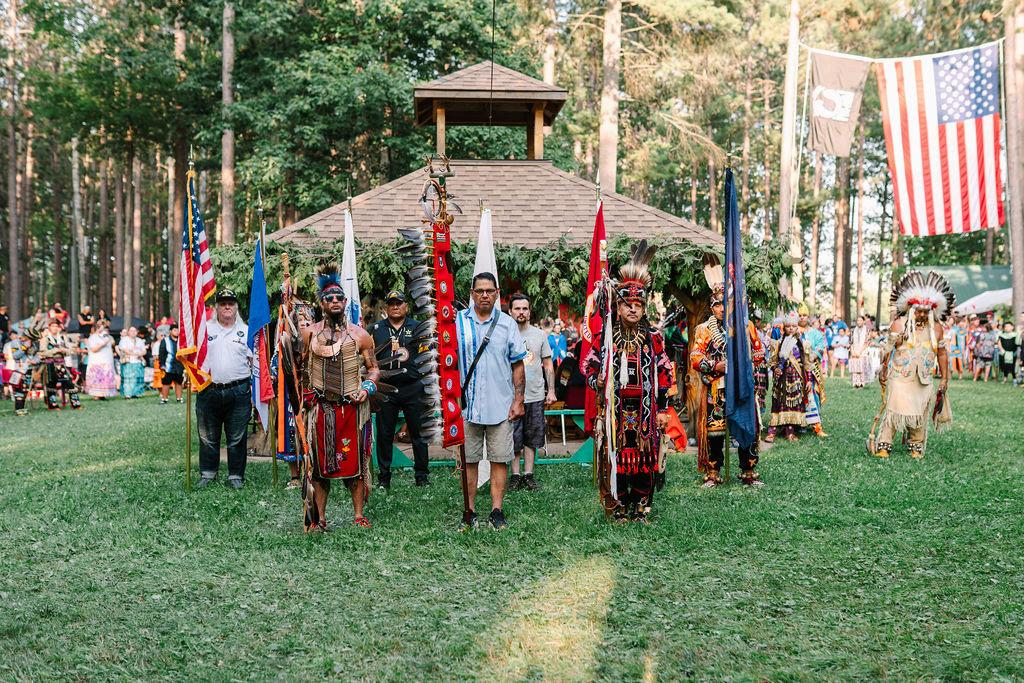
Coming Together in Tradition: The 47th Maawanji’iding
The Ojibwa Campgrounds in Baraga came alive with the heartbeat of the drum July 25–27, 2025, as the Keweenaw Bay Indian Community hosted its 47th Annual Maawanji’iding Powwow. Over 500 dancers took to the arena throughout the weekend, dressed in vibrant, colorful regalia and sharing their unique styles of dance with pride, spirit, and joy. Family, friends, and visitors gathered from near and far to witness and take part in this beautiful celebration of culture and community. The air was filled with music, laughter, and the sweet smell of frybread, creating memories that will last for years to come.
This year, we were proud to crown our new royalty:
PRESIDENT’S REPORT

Dalanna Connor – Miss Keweenaw Bay
Aubree Hartzog – Jr. Miss Keweenaw Bay
Austin Shelifoe – Jr. KBIC Brave
Yancey DeCota Jr. – KBIC Brave
These young leaders will represent KBIC with pride and honor throughout the year ahead.
Our Host Drum, Little Bear, kept the rhythm strong all weekend, while Emcees Dylan Jennings and John Teller, Jr. kept everyone smiling and engaged with their stories, humor, and energy Arena Directors Mike Demain and Mark Kingbird kept everything running smoothly in the circle, making sure the dances flowed and everyone stayed safe and respected.
Some of the weekend’s special highlights included the Hat and Boto Special, and the always-exciting Youth and Adult Two-Step Championships. The crowd was on their feet, cheering and clapping with excitement as dancers of all ages showcased their moves and spirit.
2025 TRIBAL COUNCIL
Robert “RD” Curtis, Jr, President
Everett Ekdahl, Jr, Vice President
Sam Loonsfoot, Secretary
Elizabeth “Liz” Julio, Asst. Secretary
Theodore "Austin" Ayres, Treasurer
Doreen G Blaker
Sue Ellen “Suzie” Elmblad
Dale Goodreau
Jeremy T. Hebert
Rodney Loonsfoot
Tony Loonsfoot
Toni J. Minton

A big shoutout goes to Hoka Dale Roberts, who ran sound all weekend long, making sure every voice, drum, and beat could be heard clearly.
Of course, none of this would be possible without the hard work of the Powwow Committee, our dedicated Powwow Workers, and the Ojibwa Seniors, who served up a delicious feast on Saturday evening that warmed hearts and filled bellies. Miigwech to everyone who made this weekend so special. The Maawanji’iding is more than just a Powwow; it’s a celebration of who we are and a reminder that our traditions are alive, strong, and full of love. We can't wait to see you again next year.
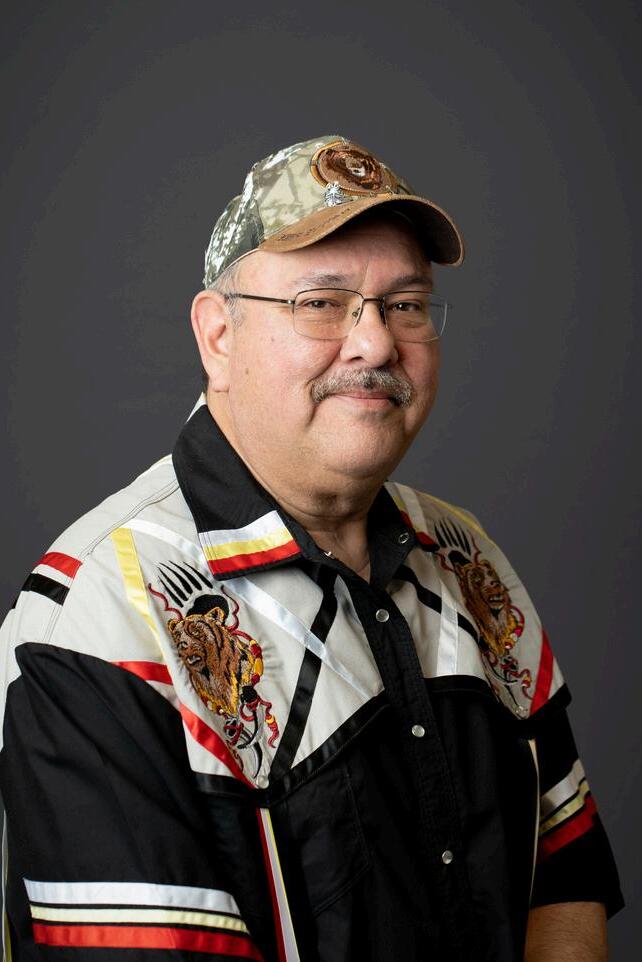

At this year’s Government Employee Picnic, the Keweenaw Bay Indian Community proudly recognized employees who have reached significant milestones in their years of service to the Tribe. From 10 years to an impressive 40 years, these dedicated individuals have played an essential role in strengthening our
programs, services, and community.
10 Years of Service
David Seppanen, Desiree Jermac, Donna Pollard, John Lassila, Joslyn Haataja, Kim LeClaire, Patrick Racette, Rachel Vanaldstine, Robert Sanquuist, Tahala Davis, Teresa Miller, and Terri Davis.
15 Years of Service
Ashley Shalifoe, Ashley Seppanen, Christine Awonohopay, Heidi Voskuhl, Jena Aho, Keith Rolof, Lily Marcotte, Patrick LaPointe II, Todd Pittsley, Troy LaFernier, and Zelina Huhta.
20 Years of Service
Anthony Loonsfoot, Betti Szaroletta, Elizabeth Sherman, Jody Pittsley, Kim Maki, Nissa Morningstar, and Robert Rajacic.
25 Years of Service
Everett Ekdahl, Jr., Helen Jondreau, Jennifer Heath, Jody Joki, and Susan Lawrence
30 Years of Service
Diana Chaudier and Julie Raby
35 Years of Service
Evelyn Ravindran, Jeanne Emery, and Nancy Pawlowski
40 Years of Service
Carl Rasnanen.
The years of dedication represented by these employees reflect countless contributions toward the betterment of KBIC and the services we provide to our members. Their commitment ensures that our community continues to grow stronger with each generation. Chi-Miigwech to all honorees for their loyalty, service, and continued efforts in carrying out the Tribe’s mission.
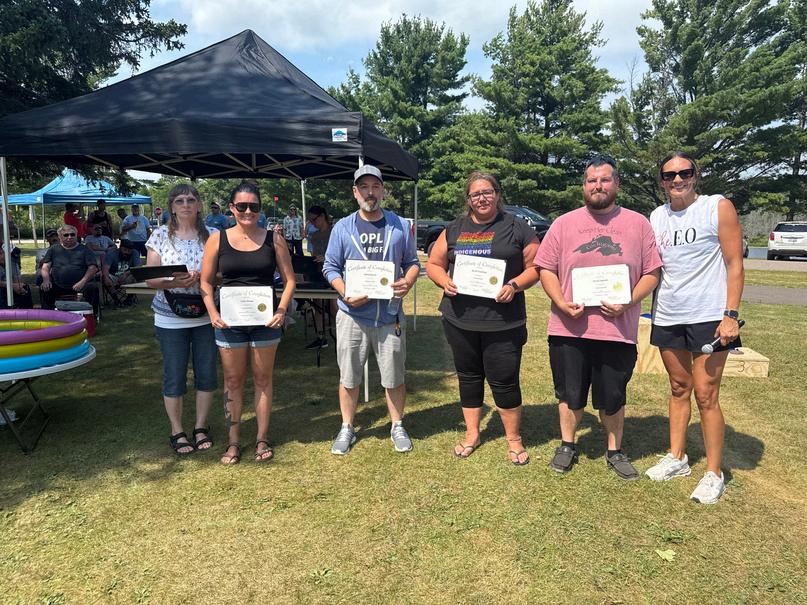

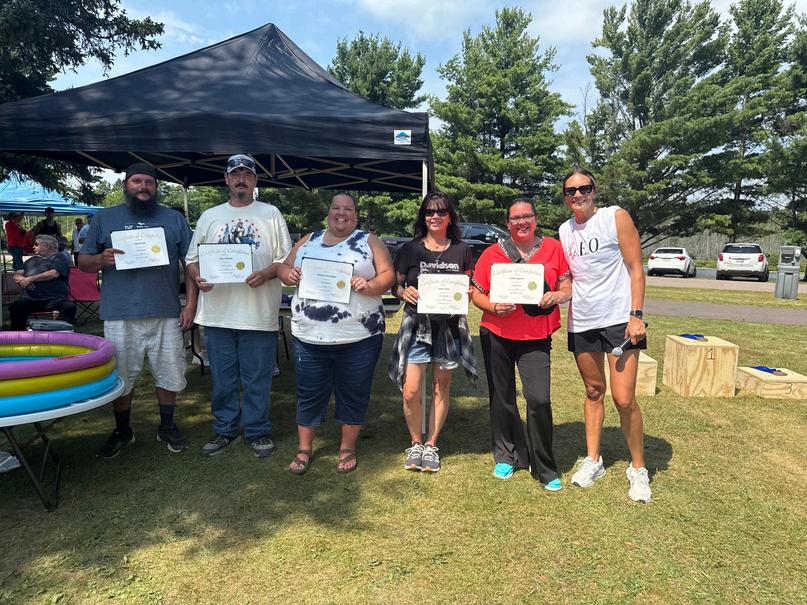
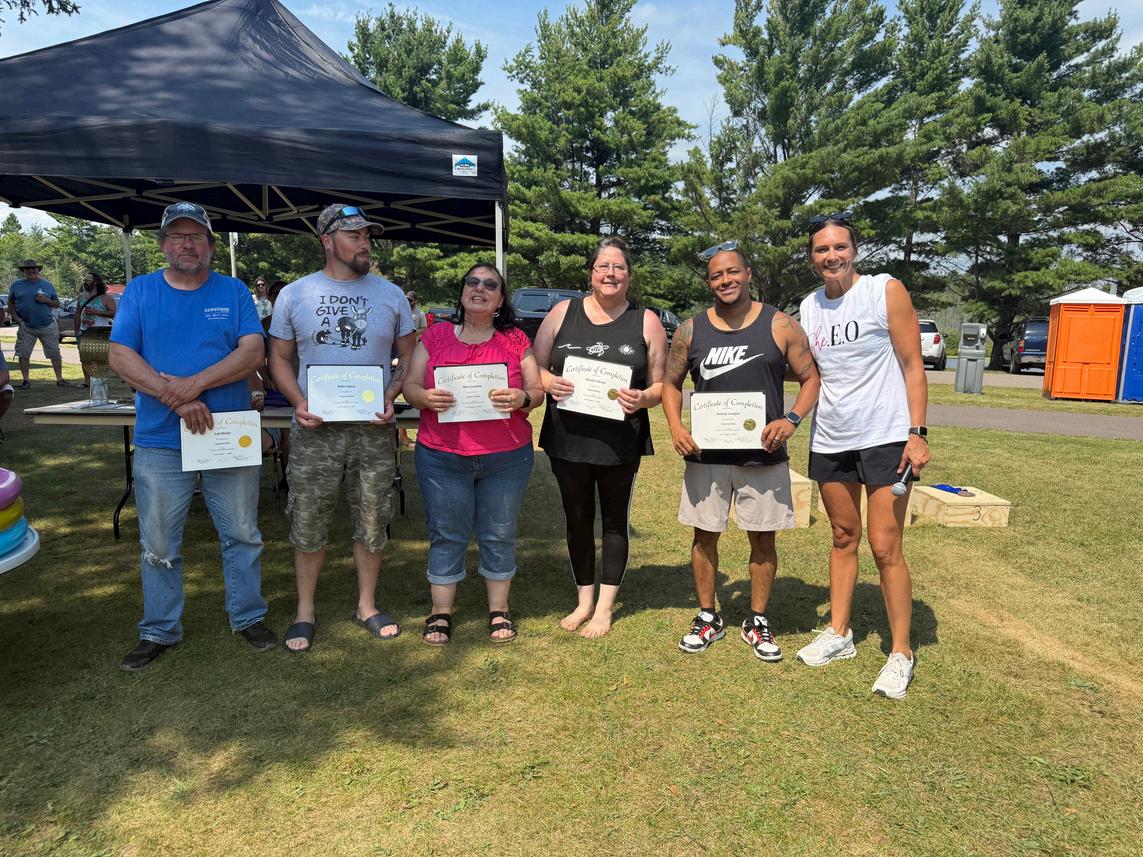

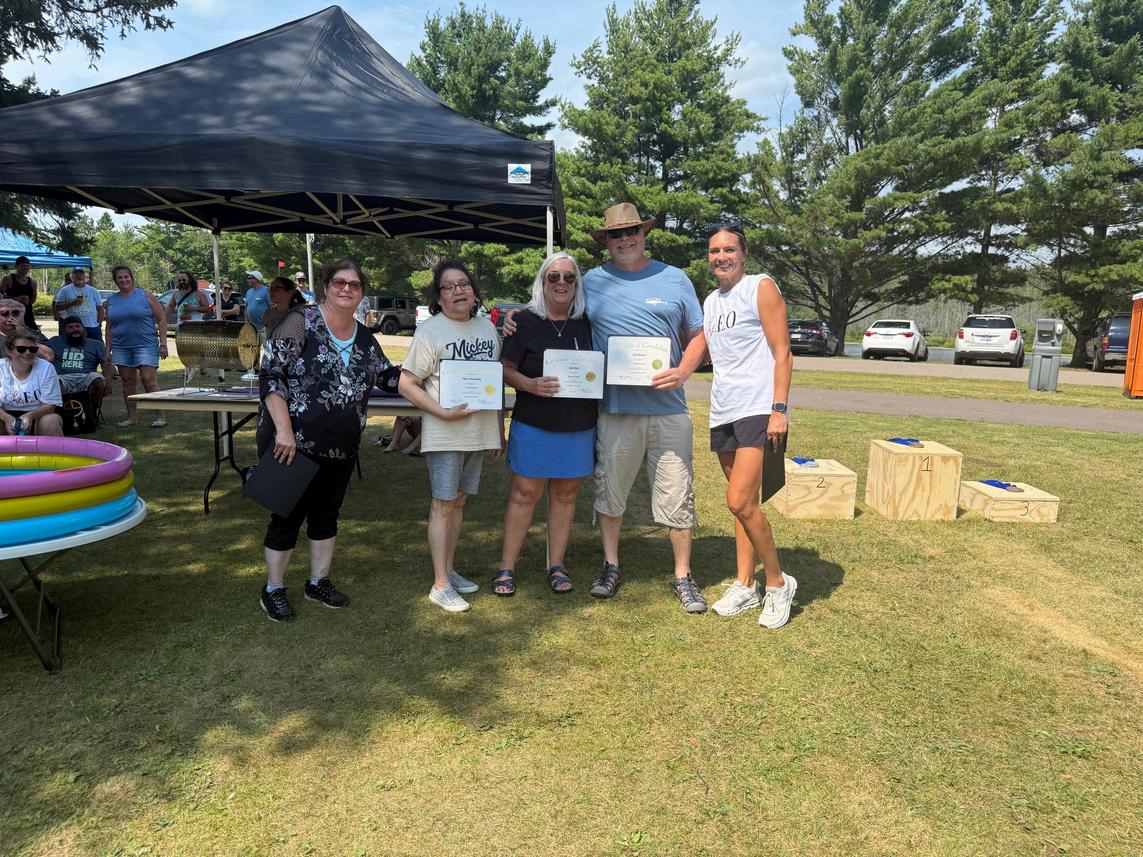


I like to think of August as a season of transition. We are still savoring the warmth and joy of summer, enjoying the present moments with family and friends, yet at the same time, we find ourselves preparing for the changes that lie ahead. For many families, this means the return to routines and the anticipation of a new school year. August reminds us that life is both about being present in the moment and readying ourselves for what comes next.
I want to thank and congratulate all who were a part of planning and supporting the 47 annual KBIC Maawanji’iding for putting on such a successful event. The Powwow grounds were hopping with spectators, vendors, dancers, and drummers from all over the nation. It takes a lot of time, effort, sweat, and tears from many to put on an event like this and we always come through in a big way, so again, thank you!
Our Feeding America mobile pantry events continue this month in the Casino parking lot next to the Bing Hall. The next event is planned for August 27 followed by September 24 and ending with October 22 If you are reading this and interested in volunteering at the event please contact Sheila Royal at sroyal@kbic-nsn.gov for more information. We are always looking for help in this community-driven event. th th nd
At this time, I want to take a moment and provide updates on three major projects/partnerships that KBIC is involved with or leading. These projects include the Tribal Police Station renovation, Mino Miikana Apartments, and Blackrock Crossing Apartments.
The Tribal Police Station Renovation project was made possible through a CTAS (Coordinated Tribal Assistance Solicitation) Bureau of Justice Assistance (BJA) , Purpose Area #4 Tribal Justice System Infrastructure Program. The overall goal of this BJA’s program is to strengthen tribal justice system capacity by addressing physical infrastructure needs. The program provides sitebased funding to federally recognized tribes to renovate or expand existing tribal justice-related

facilities or build prefabricated or permanent modular tribal justice-related facilities. With that, the funding was awarded to do just that, renovate our current Tribal Police Station to make the police department safe, secure, efficient, and state of the art. Included in the renovation is the addition of two holding cells, a forensic interview room, and a VOCA office. We feel this project will not only benefit the Tribal Police Department as a whole but the public safety of the greater community
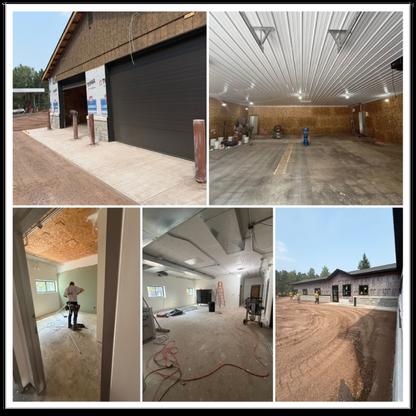
Renovationprogressasof8/5/25.
The Mino Miikana Apartments, meaning “The Good Path,” represent a critical step forward in addressing housing needs within our community. This development was made possible through multiple funding sources, including IHGB-CARES, ARPA, and HUD funding. The complex will provide 25 total units, evenly divided between studio and one-bedroom apartments. Initiated during the COVID-19 pandemic, the project is designed to support individuals who are experiencing homelessness, at risk of homelessness, or otherwise in vulnerable circumstances due to social and economic challenges.
To foster a safe and supportive living environment, the apartments will be entirely smoke-free, drugand alcohol-free, and pet-free. This ensures the complex remains focused on wellness, stability, and recovery for its residents. Applications for residency are currently being prepared, with an anticipated

move-in date in Fall 2025. This project marks an important milestone in providing sustainable housing solutions and strengthening community resilience.

L: Kitchen area Bottom L: One-bedroom space Top R; Side profile of building Middle R: Entry way into studio unit Bottom R: Living room space inone-bedroomunit
Finally, the Black Rock Crossing Apartments in Marquette is close to completion! KBIC is a proud general partner in the Black Rock Crossing development—a 50-unit affordable housing complex in Marquette, made possible through the Low-Income Housing Tax Credit (LIHTC) program Construction financing is supported by KeyBank and MSHDA, ensuring a sustainable and community-focused delivery. The complex includes 26 one-bedroom and 24 two-bedroom units, with nine units reserved for KBIC members and the rest serving families earning 30%–80% of the area median income.
Amenities include a fitness center, community room, playground, on-site laundry, and energyefficient (LEED-certified) features. Pre-applications are now open, with leasing expected to begin in late 2025. This thoughtful partnership supports our mission to increase housing access for both Tribal members and low-income families in Marquette. We currently have job openings in many different departments. You can find a list of these openings on our website www.kbic-nsn.gov/careers. If you ever have qustions about a certain position never hesitate to reach out to the Department

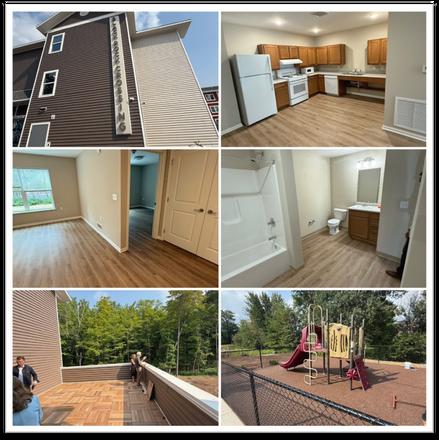
Head of that particular department, myself, or the Personnel Office for more information
Reminder - KBIC Government offices are closed Monday, September 1st in observance of Labor Day.
All my best, Brigitte
COMMUNITY NOTICE: I want to provide a notice about our current operations with Tribal Social Services (TSS). TSS is currently understaffed to a point where outside help is needed. The Community has entered an agreement with the Michigan Department of Health and Human Services (MDHHS) to help ensure that the reservation receives child and adult protective services MDHHS has provided emergency assistance to the Community in the past, so its aid is not new. We hope MDHHS's assistance will help the Community provide adequate child and adult protective services.
MDHHS has agreed to act as a representative of TSS to provide child and adult protective services to tribal members on the reservation. MDHHS social workers may respond to emergency calls on the reservation, file removal petitions in Tribal Court, and work with Tribal Police to remove a neglected child from a home, if necessary. While MDHHS may be responding to calls, it is doing so on behalf of TSS and under the Tribe's jurisdiction. The Tribal Court maintains jurisdiction over all tribal members on the reservation MDHHS must work through the Tribal Court if it wishes to remove a neglected child from the home
Building progress as of 8/5/25.Top L: Entrance Middle
Building progress as of 8/13/25 Top L: Side profile of building Middle L: One bedroom living and bedroom space Bottom L: Community space Top R: ADA compliant kitchen space Middle R: Bathroom spaceLowerR:Outdoorplaygroundarea

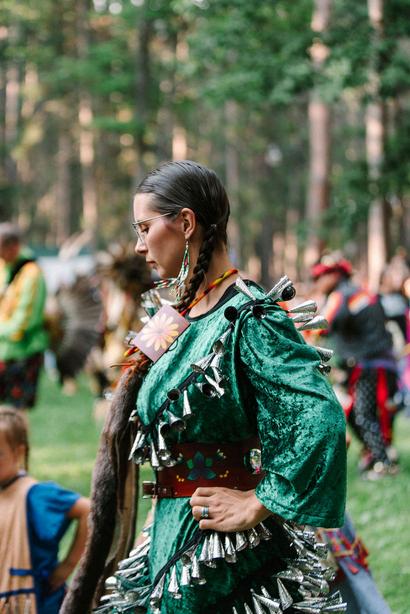
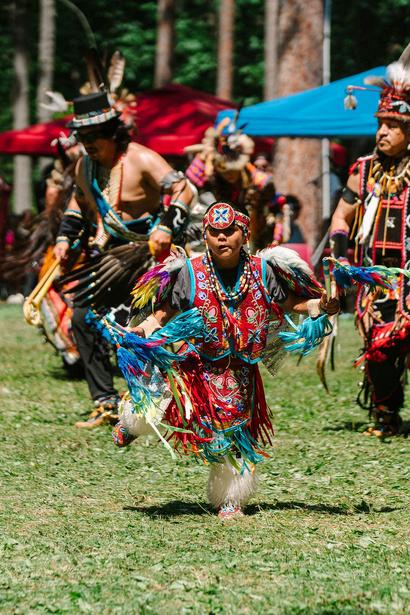

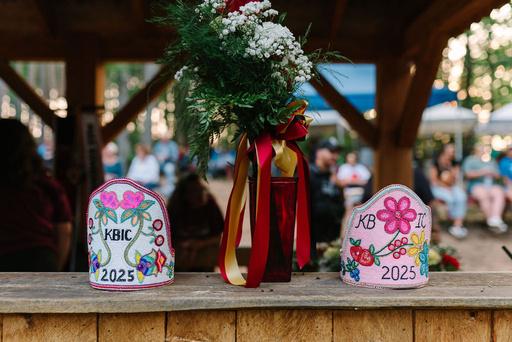




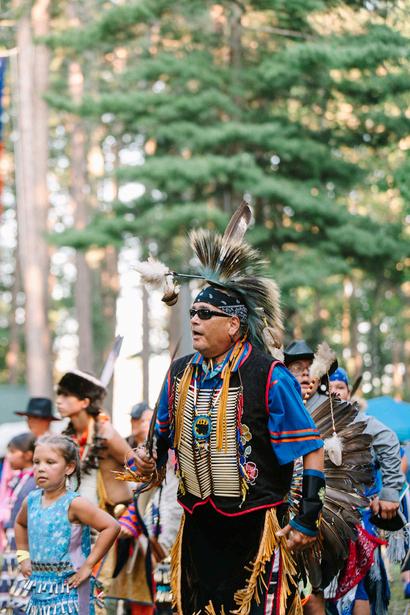

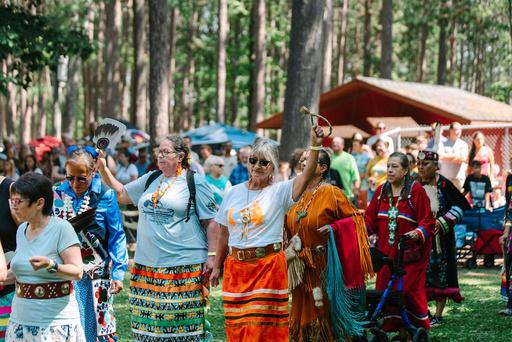
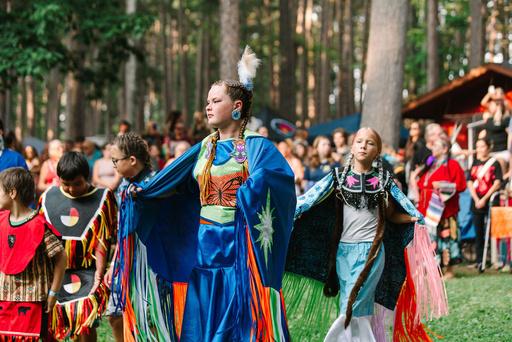
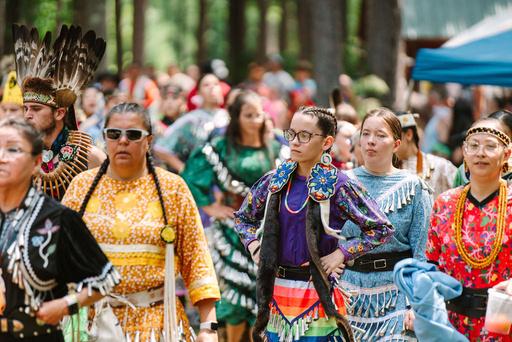

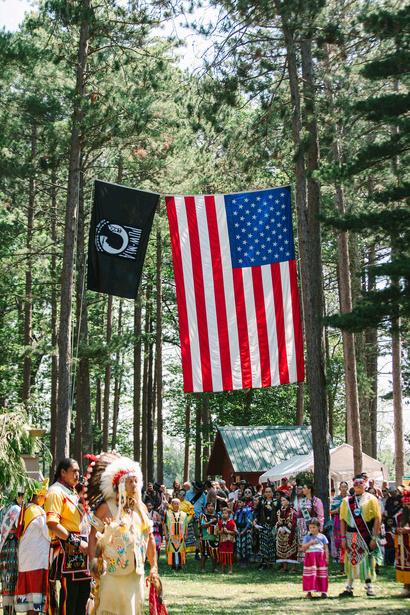
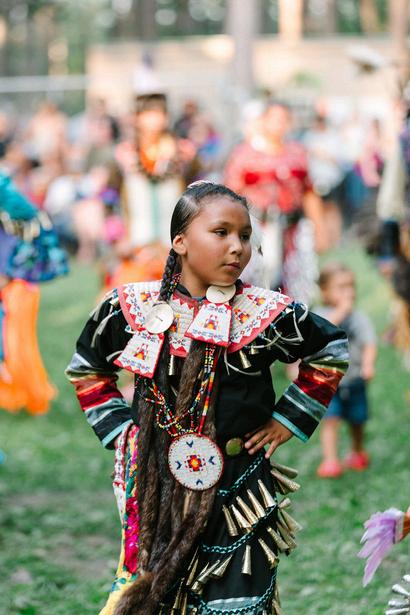


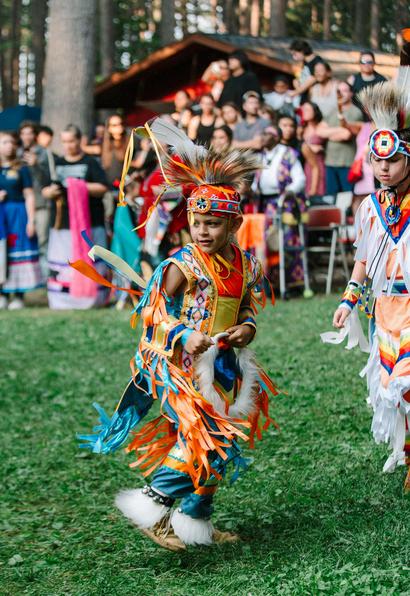



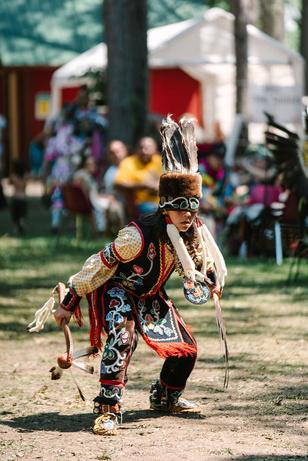

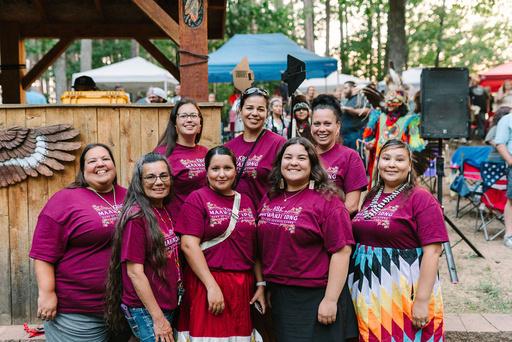

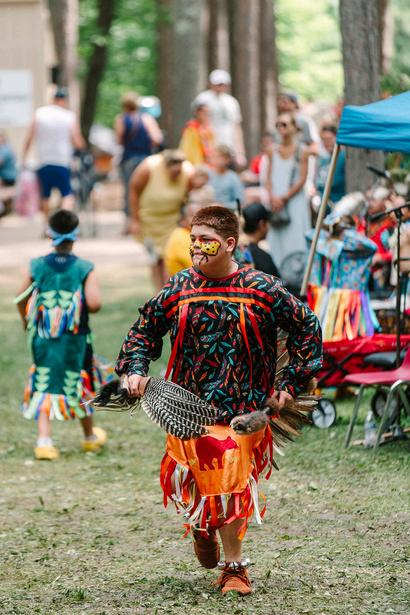
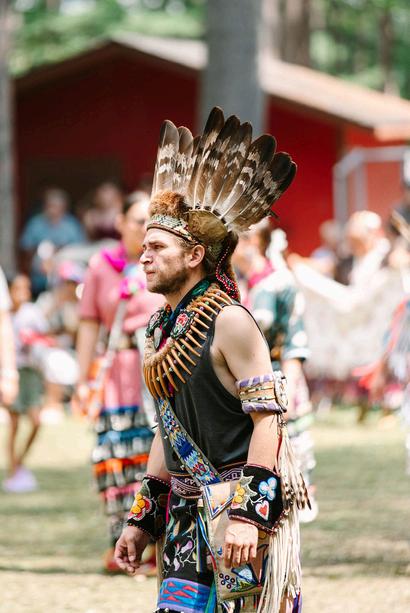



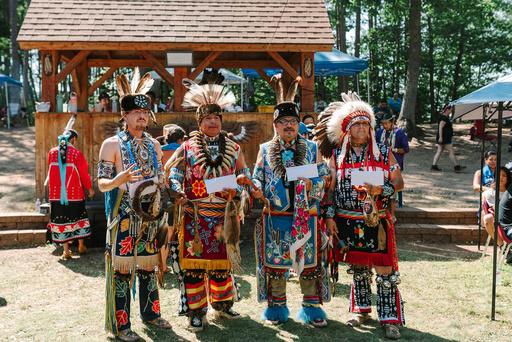


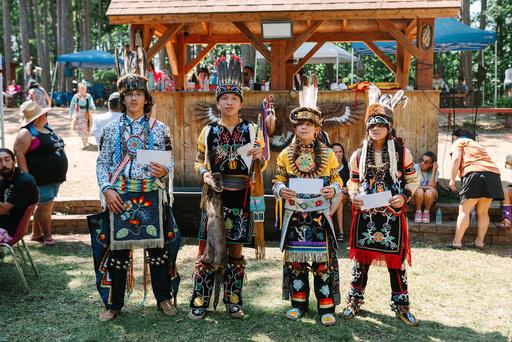
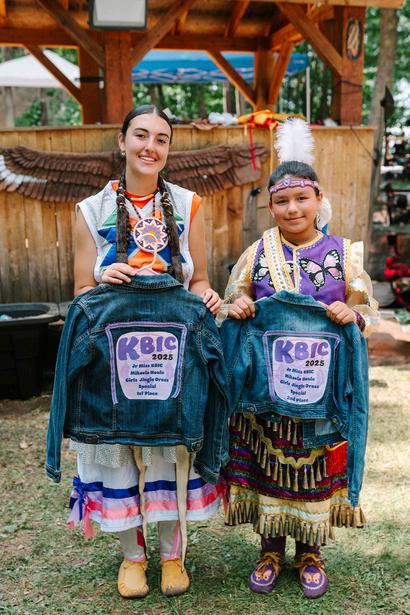

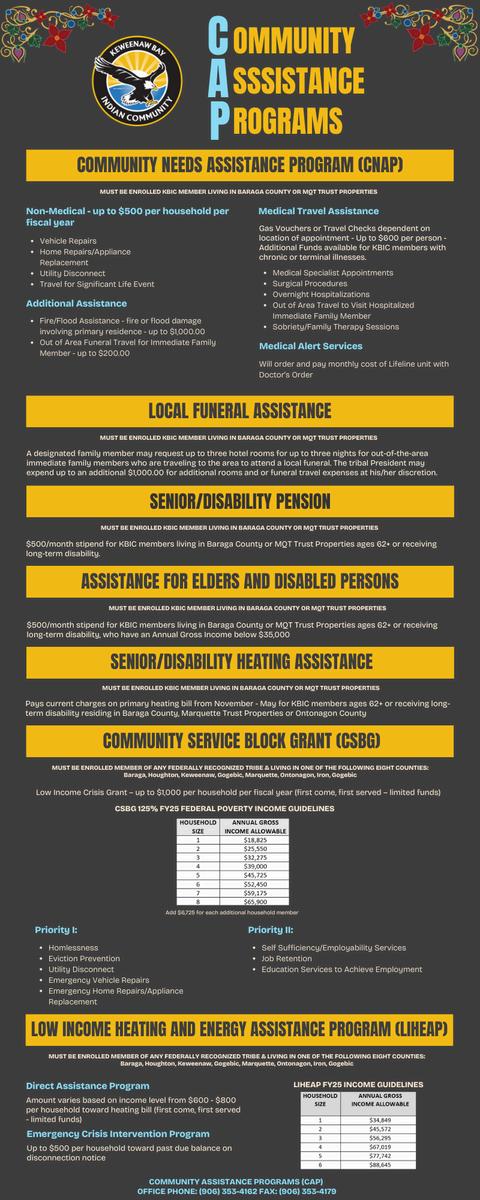


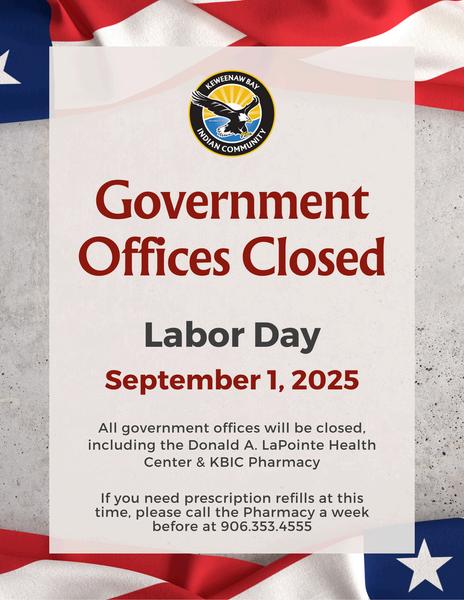

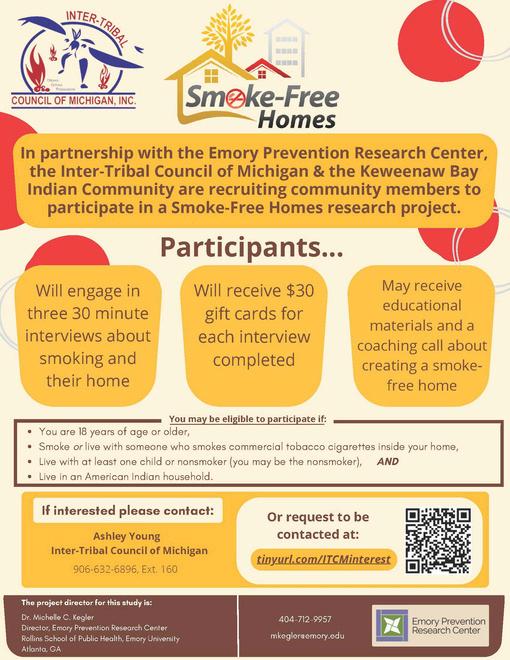


Around the Community
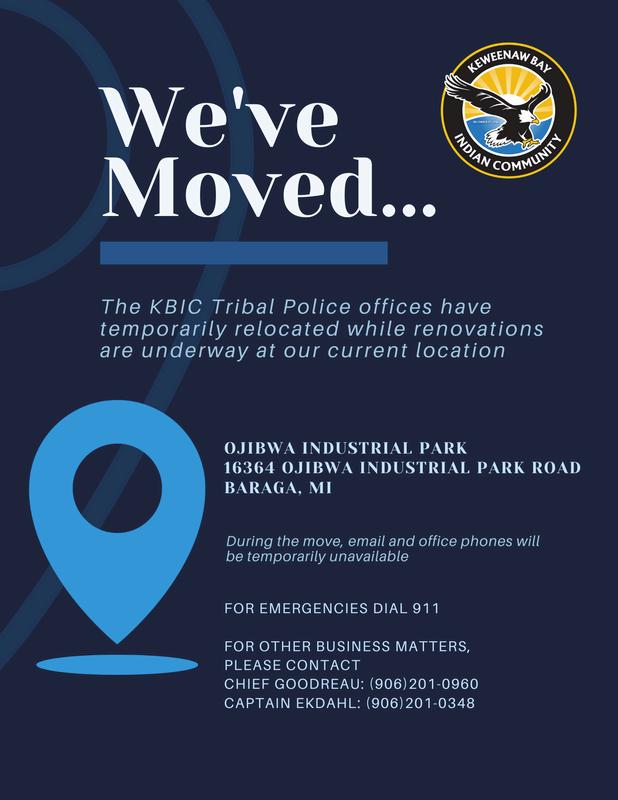
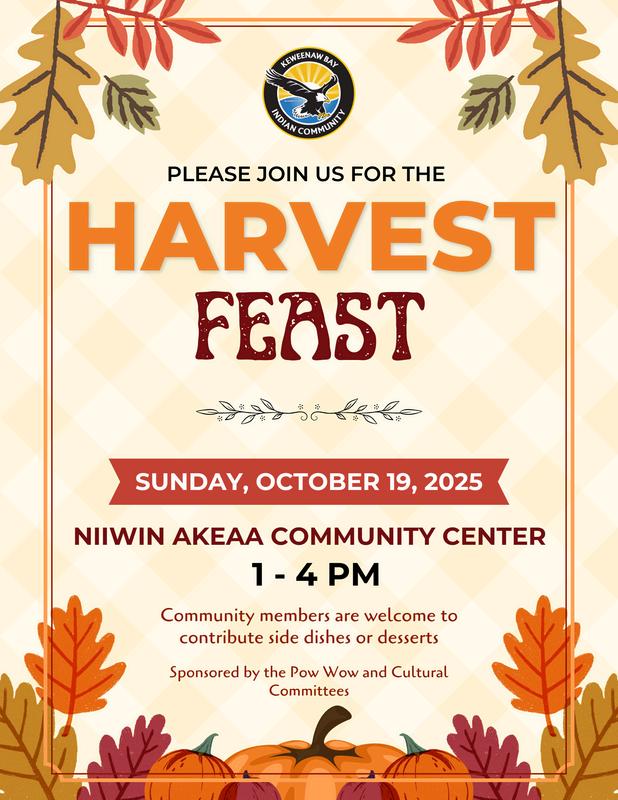
Anishinaabe Dental Outreach

Benefits of Fluoridation in the 21st Century

Children crying and holding their faces due to dental disease can be prevented.
Tooth decay is the most common chronic disease of childhood in the United States. This is an infectious disease caused by bacterial plaque on the tooth surface metabolizing sugars and producing acid, which dissolves the surface of the tooth. If unchecked, this process continues through the tooth and into the nerve. This can lead to local infections, systemic infection, and, in rare cases, death. Dental disease in the United States is responsible for the majority of the 51 million school hours lost per year.
Fluoride is found in all natural water supplies. Fluoride is a naturally occurring mineral called calcium fluoride ions, and is found in rocks that leaches into water. The natural level of fluoride in the water varies depending on the type of rocks the water is in contact with. The fluoride ions added during municipal fluoridation are identical to the naturally occurring calcium fluoride ions. All vegetation contains some fluoride, which is absorbed from soil and water Some plants concentrate fluoride ions; an example is that all tea leaves contain fluoride.
Ocean water contains fluoride at around 1 part per million.
In 1901 Dr.Frederick McKay, a dentist in Colorado Springs, Colorado, noted these citizens’ tooth enamel was unusually resistant to decay. Then, in the early 20th century, scientists linked higher levels of naturally occurring fluoride in Colarado water supplies to low levels of tooth decay.

In 1945, Grand Rapids, Michigan, became the first community in the world to add fluoride to tap water. When subsequent studies showed a significantly lower rate of cavities in schoolchildren, water fluoridation began in other towns and cities.
In North America, fluoride concentrations in groundwater are generally very low, with the exception of some parts of the southwestern United States where the Ogalalla Aquifer results in elevated natural levels of fluoride in the groundwater.
The Center for Disease Control and Prevention (CDC) currently recommends all public drinking water contain 0.7 milligrams of fluoride per liter of water, to protect against tooth decay. This very low level of fluoride in water is equal to about 3 drops of water in a 55-gallon barrel.
For more than 75 years, public water systems across the country have adjusted the existing and naturally occurring fluoride levels in drinking water to the recommended optimum concentration for five key reasons:
1.It prevents tooth decay. Fluoride in water is the most efficient way to prevent tooth decay. An estimated 51 million school hours and 164 million work hours are lost each year due to dentalrelated illness.
2 It protects all ages against cavities Studies show that fluoride in community water systems prevents at least 25 percent of tooth decay in children and adults.
3 It’s safe and effective. For more than 75 years, the best scientific evidence has consistently shown that fluoridation is safe and effective, state over 100 health organizations, including the ADA.
4.It saves money. $1 invested in water fluoridation saves $38 in dental treatment costs.Fluoride supplementation is the most equitable way of ensuring fluoride access to the population.
5 It’s natural. Water fluoridation is the adjustment of natural fluoride levels to the recommended level for preventing tooth decay. It’s similar to fortifying for health benefits such as salt with iodine, milk with vitamin D, orange juice with calcium and bread with folic acid.


How does fluoride in drinking water work? The fluoride crystal in enamel is called fluorapatite Fluorapatite is incorporated into developing teeth and makes the tooth more resistant to acid attacks from plaque bacteria and sugars.
Dental fluorosis can happen when excessive fluoride is consumed while teeth are still forming. Other than the appearance of white spots or mottling on the surface of the teeth, dental fluorosis doesn’t cause any symptoms or harm.
If bottled water is your main source of drinking water, you could be missing the cavity-fighting benefits of fluoride.
Numerous rigorous scientific studies have shown there is no evidence that the fluoride added to local water supplies in the United States causes any health problems.
The National Health and Medical Research Council (NHMRC)strongly recommends community water fluoridation as a safe, effective, and equitable way to reduce tooth decay for children and adults. The American Academy of Pediatricians (AAP), the American Dental Association (ADA) and numerous health organizations also endorse the fluoridation of community water supplies.
Community water fluoridation has also been hailed by the CDC as one of 10 great public health achievements of the 20th century. Let’s control what we can to free our children from disease
https://publications.aap.org/pediatrics/article/14 6/6/e2020034637/33536/Fluoride-Use-in-CariesPrevention-in-the-Primary? autologincheck=redirected https://www.ada.org/resources/communityinitiatives/fluoride-in-water https://www.mcgill.ca/oss/article/medicalcritical-thinking/lets-put-water-fluoridationmyths-rest https://www.dentalcare.com/en-us/patienteducation/english-articles/how-does-fluoridework
https://pmc.ncbi.nlm.nih.gov/articles/PMC279861 0/ https://www.nidcr.nih.gov/healthinfo/fluoride/the-story-of-fluoridation
Anishnaabe Dental Outreach
https://nccd.cdc.gov/doh mwf/default/CountyLis t aspx?
state=Michigan&stateid=26&stateabbr=MI&repor tLevel=2
https://www.oregon.gov/oha/PH/HEALTHYENVIR ONMENTS/DRINKINGWATER/SOURCEWATER/DO MESTICWELLSAFETY/Documents/Contaminant %20Factsheets/Fluoride.pdf
https://theconversation com/four-myths-aboutwater-fluoridation-and-why-theyre-wrong80669
Jessica A. Rickert, DDS, Anishinaabe Dental Outreach
231-313-8407, jrickert@deltadentalmi.co m; jarickert@charter.net

Around the Community



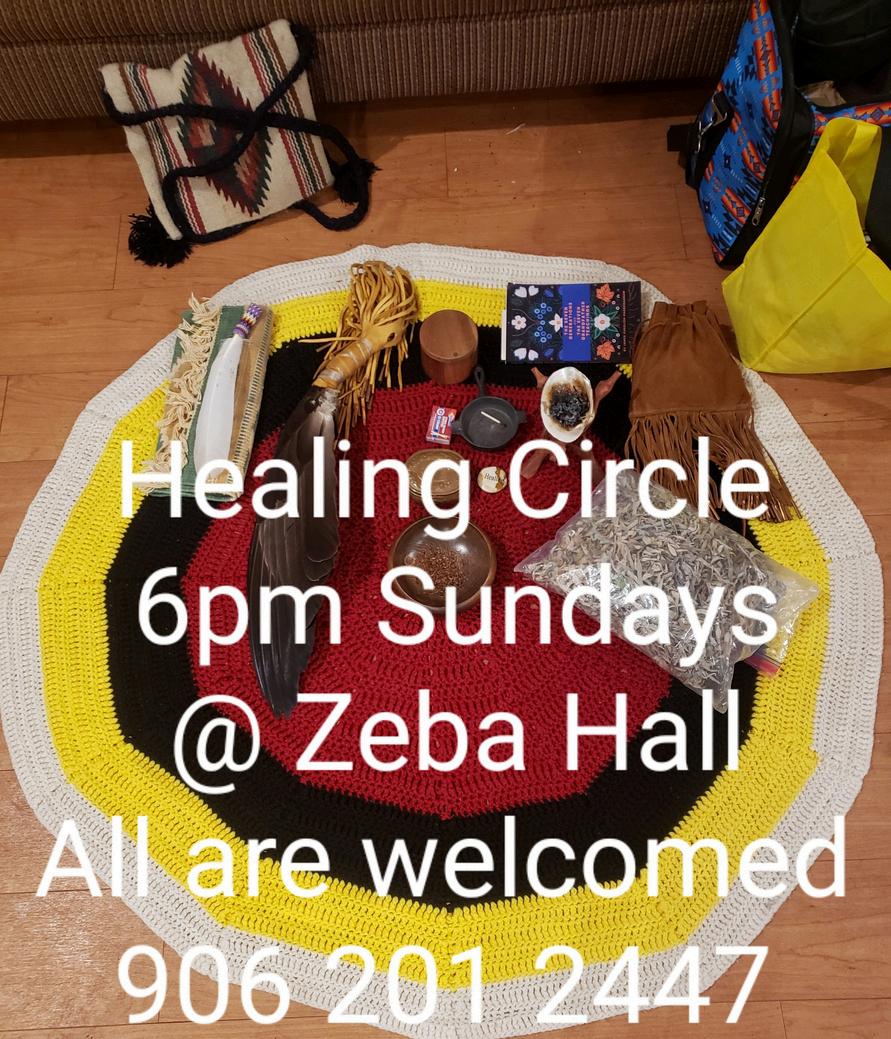

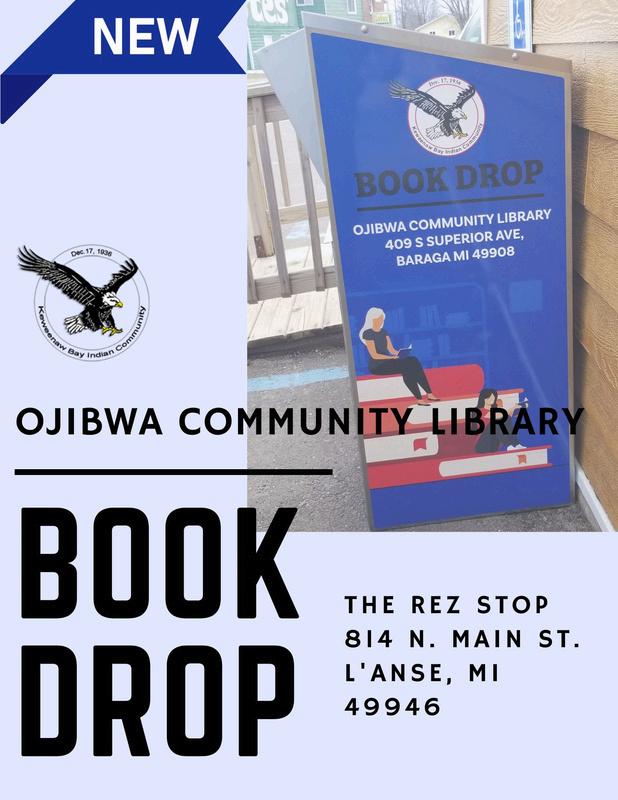
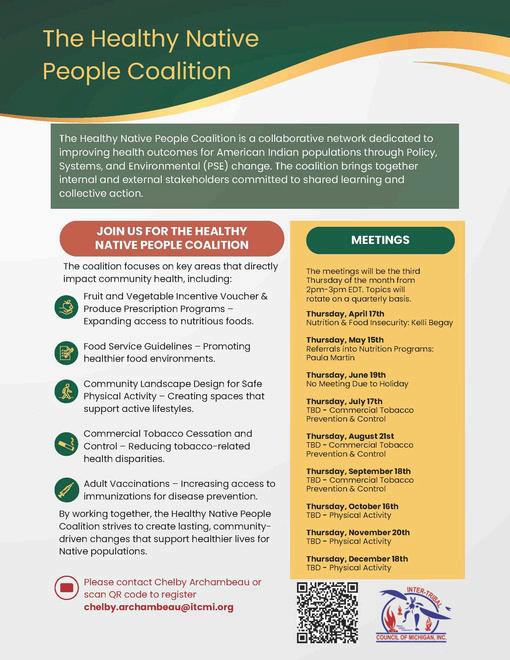

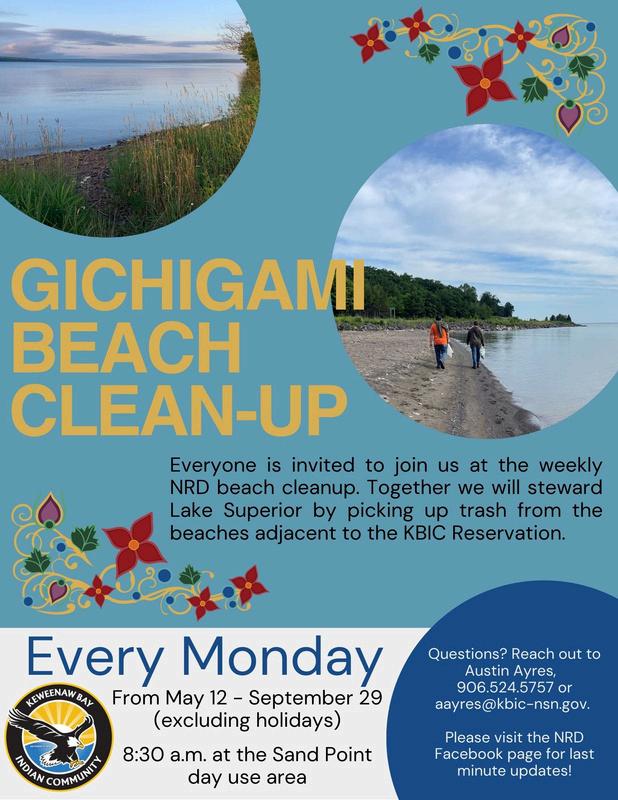


Around the Community

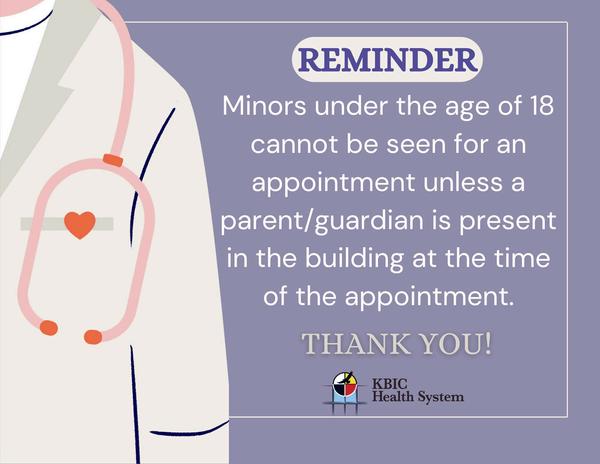

Around the Community


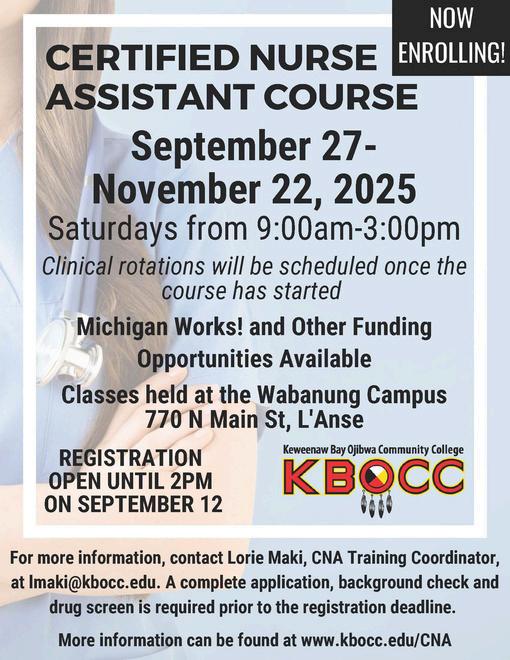


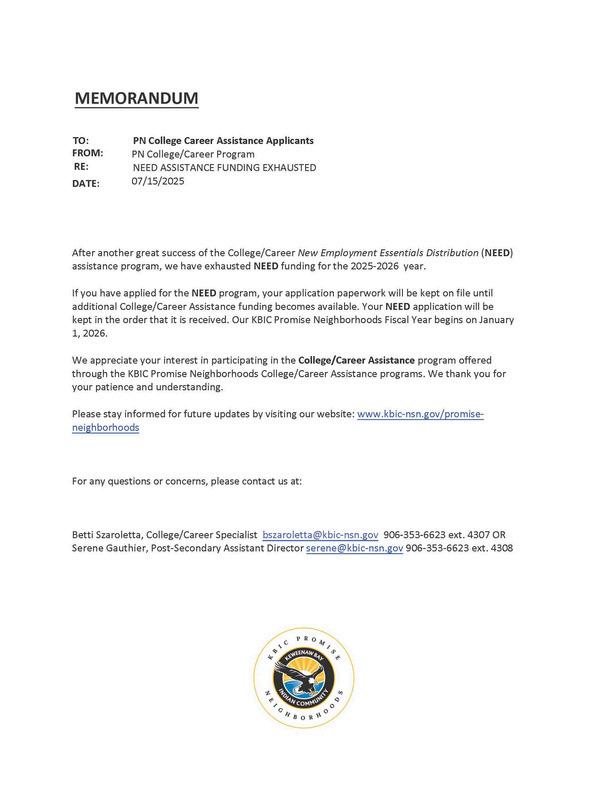

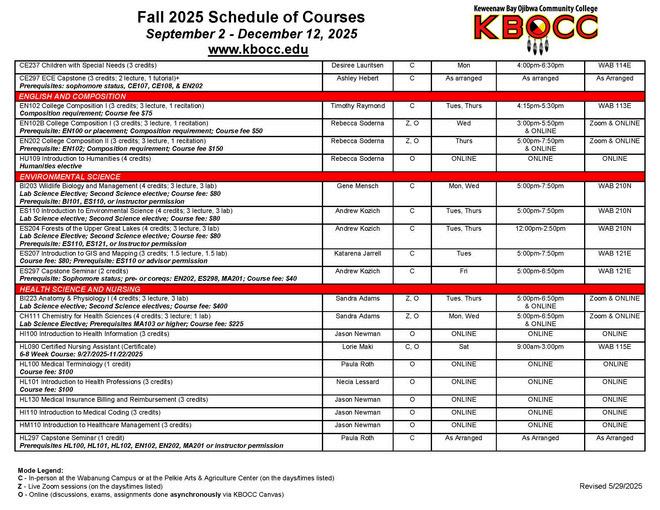
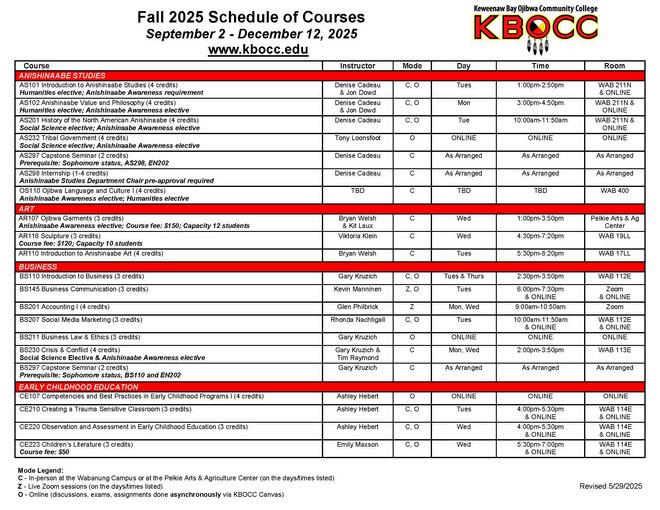

Around the Community



Around the Community

Midwest Truck Driving School Graduate Highlights Career Opportunities for Tribal Members

On Friday, July 18, KBIC member Gary Loonsfoot completed the four-week instructional and training program at Midwest Truck Driving School. He earned his CDL-A certificate of completion along with Entry Level Driver Training, Tanker, and HazMat certifications.
The program costs, including tuition, lodging, transportation, and a food per diem totaling over $7,000, were fully funded through the Keweenaw Bay Indian Community via the TERO office, with additional support now available through Promise Neighborhoods.
Gary first learned about the opportunity from a friend, along with information about TERO’s funding assistance “This program, along with the ‘Heavy Equipment’ and ‘Lineman’ programs offered through Midwest, can lead to well-paying jobs that many tribal members may not know about or may not know how to get started in,” he said.
With Promise Neighborhoods providing additional

funding for vocational training, Gary believes these opportunities are more accessible than ever. “I think this is a great chance to inform community members about these programs and the career options they open up,” he added.
According to Indeed and ZipRecruiter, first-year truck drivers in Michigan can earn between $42,195 and $68,525 annually. “I’m very grateful for the opportunity to attend Midwest Truck Driving School,” Gary said. “It’s opened a lot of doors for me, and I hope others will take advantage of the same training.”


Handicapped Accessible Van Guidelines
Eligibility

Enrolled KBIC members and their non-KBIC family members who are not mobile enough to be transported without a wheelchair lift (Eligible User) are eligible to use the Handicap Accessible Van (HAV).
Overview
The driver of the HAV assumes the duty of obeying all motor vehicle laws, maintaining the vehicle properly at all times, and complying with the following guidelines
Vehicle Purposes
The HAV shall be used for transportation to medical appointments or other purposes approved by the CEO or Tribal President.
Authorized Driver
Drivers must have a valid and unrestricted driver’s license and be able to drive a HAV. The HAV allows drivers to perform approved transportation activities safely, efficiently, and economically while promoting a positive image of the KBIC. Drivers are required to operate the HAV safely and responsibly
The Tribal Center Receptionist shall instruct firsttime HAV drivers on operating the wheelchair lift before their first trip.
The following rules apply to using the HAV: Only authorized individuals may drive. The vehicle must be picked up at the assigned location and returned to that location after use It must also be locked, and the keys must always be secured.
The driver must review the vehicle's use in the Driver Log, which is to be kept in the HAV at all times and returned for review at the end of use.

Around the Community
The driver and all passengers must wear available personal restraints, including seatbelts. Eligible users must be secured in the rear of the HAV utilizing the available locking straps.
Report all accidents immediately to the appropriate police and the CEO's office (906)353-4104.
Maintenance
Drivers and eligible users must maintain the HAV at all times. The HAV must be returned in the same condition it was issued: clean and with a full fuel tank. The eligible user is to pay for the fuel cost.
The HAV should not be operated with any defect preventing safe operation during current and foreseeable weather and lighting conditions. Preventative maintenance, such as regular oil changes, tire pressure, and fluid checks, determines to a large extent whether eligible users will have a reliable and safe vehicle to drive. Please report any issues with the HAV you experience during your use of the CEO’s office.
The use of tobacco products by all occupants in the vehicle is prohibited and includes cigars, cigarettes, chewing tobacco, e-cigarettes, and all other forms of tobacco.
Traffic Violations
Fines for parking, moving violations, etc are the personal responsibility of the driver/eligible user.
Accidents Involving the HAV
In the event of an accident: Do not admit negligence or liability. Do not attempt settlement, regardless of how minor. If possible, get the name, address, and phone number of the injured person(s) and witness(s). Exchange vehicle identification, insurance company name, and policy numbers with the other driver
Take a photograph of the scene of the accident if possible. Call the police.
Around the Community

Complete the vehicle accident report in the HAV. Turn all information over to the CEO’s office upon your return.
Thefts
In the event the HAV is stolen, notify local police immediately.
Failure to comply with these guidelines will result in denied future use and may result in additional costs to the eligible user.
The Driver/Eligible User is responsible for the actual possession, care and use of the HAV.
Members wishing to utilize the HAV can contact the Tribal Center Receptionist at (906)353-6623 or receptionist@kbic-nsn.gov to reserve it.






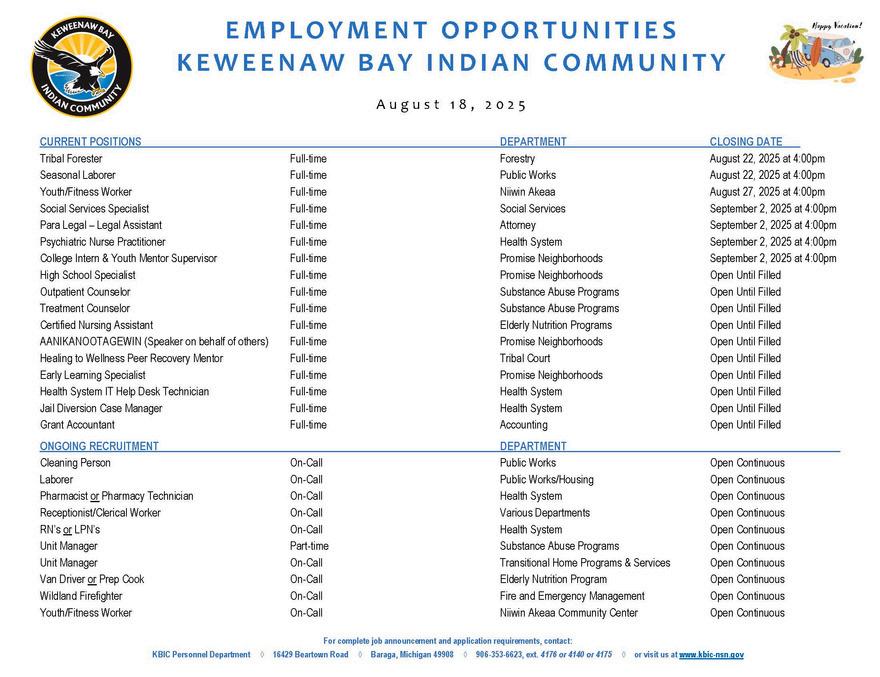




https://wwwkboccedu/employment/ openings/
Around the Community


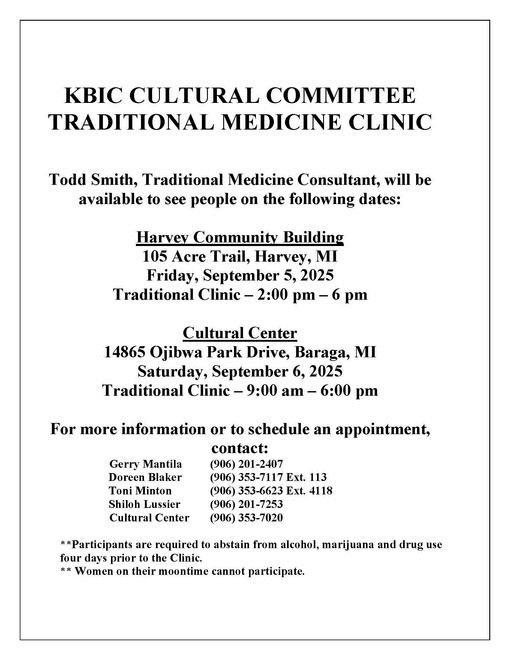













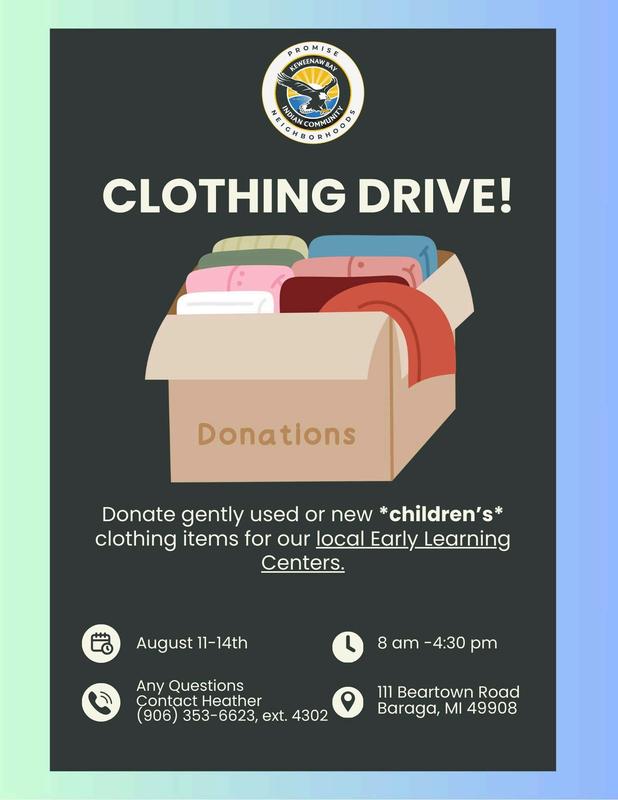
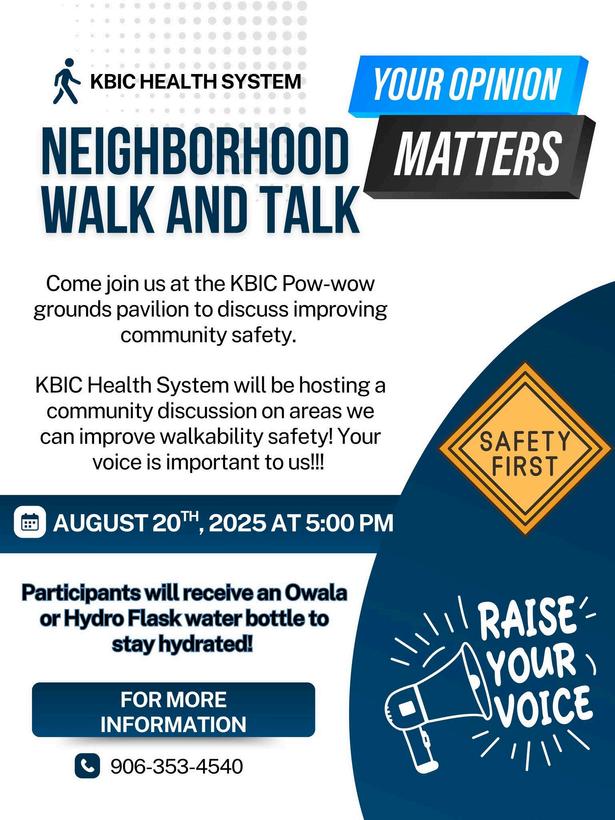
Around the Community

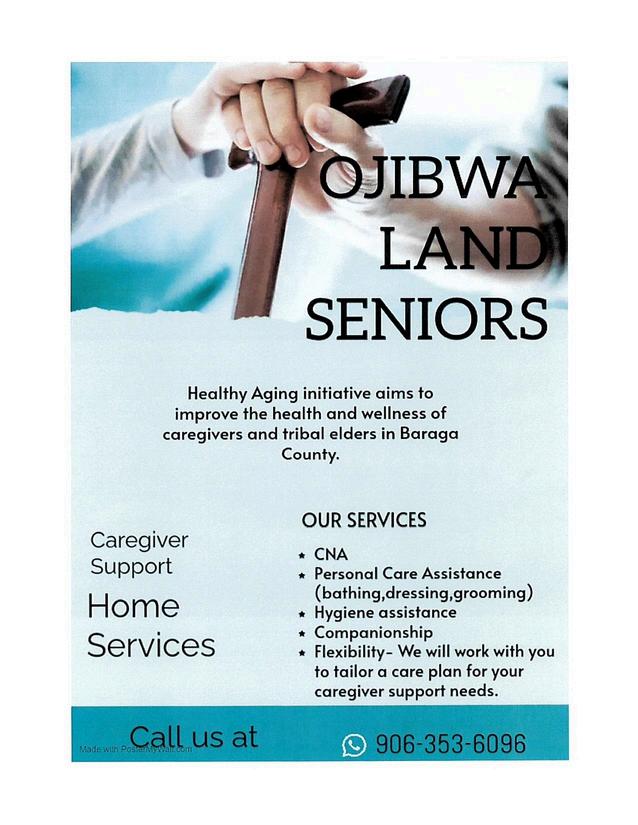



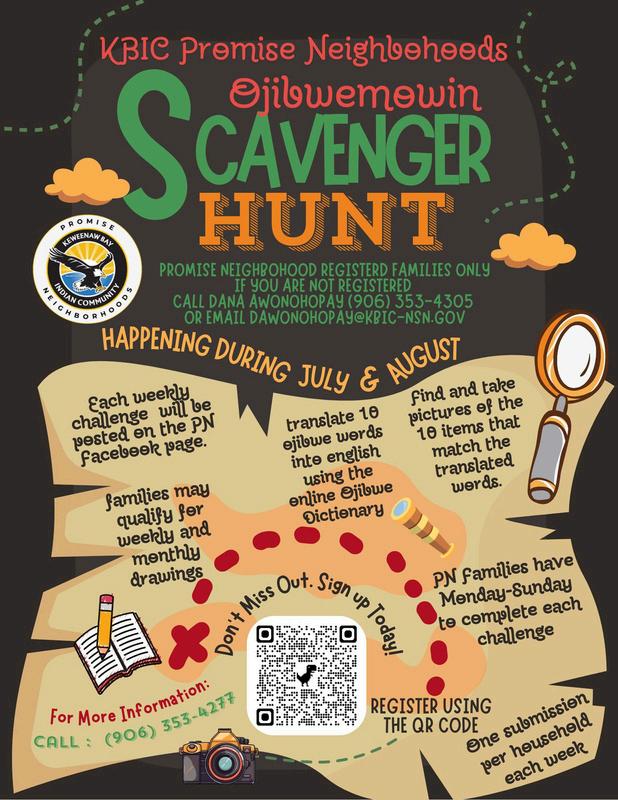

KBIC Youth Programs Summer Day Camp Wraps Up with Camp Nesbit Trip
The KBIC Youth Programs Summer Day Camp recently wrapped up another fun-filled season with the much-anticipated annual trip to Camp Nesbit. Campers had the opportunity to enjoy a variety of activities that made for lasting memories and new friendships.
Throughout their stay, youth took part in fishing, swimming, arts and crafts, archery, and drumming. The KBIC Natural Resources Department also joined in, leading engaging outdoor activities that encouraged learning about the environment while having fun.
The trip to Camp Nesbit is a highlight each year for both campers and staff, providing a chance to celebrate the end of a successful summer program.
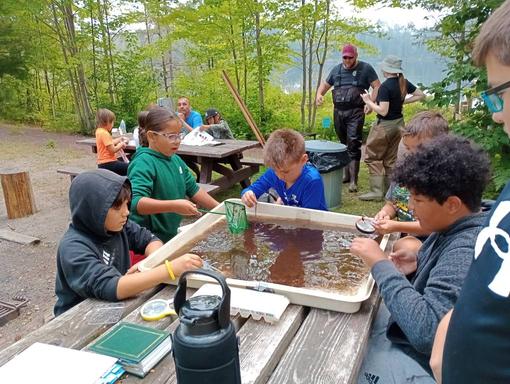
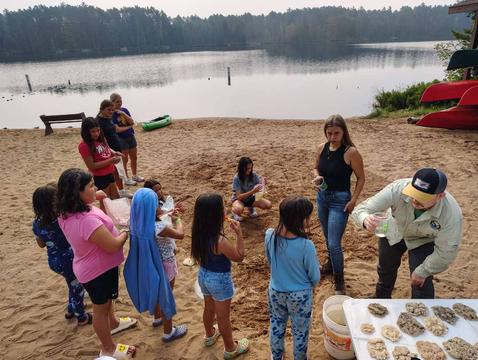

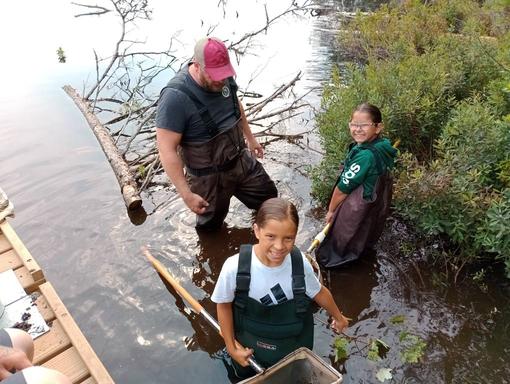
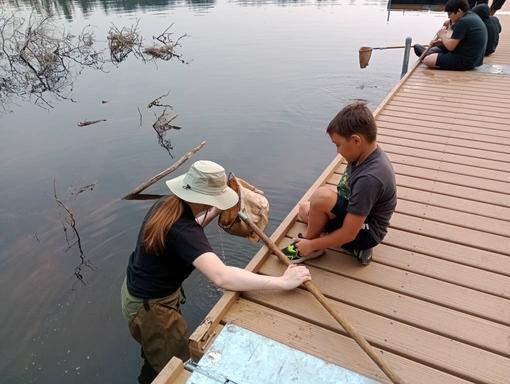

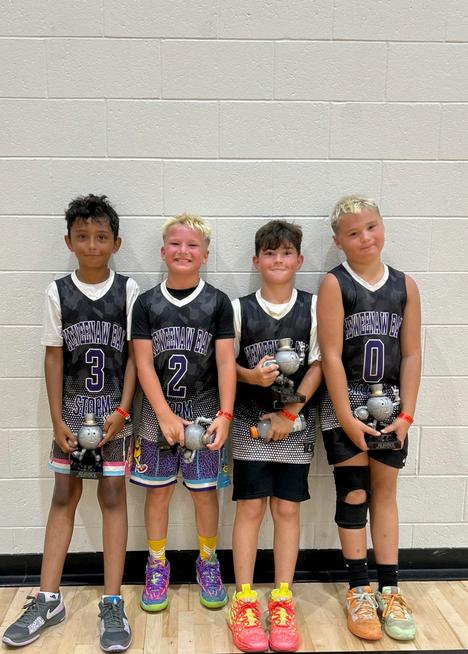
KBIC Youth, Dekkar Denomie, Kroy Ekdahl, Ryker Simmons, and Evan Ekdahl took second place at the Iron Mountain Gus Macker on August 17, 2025.


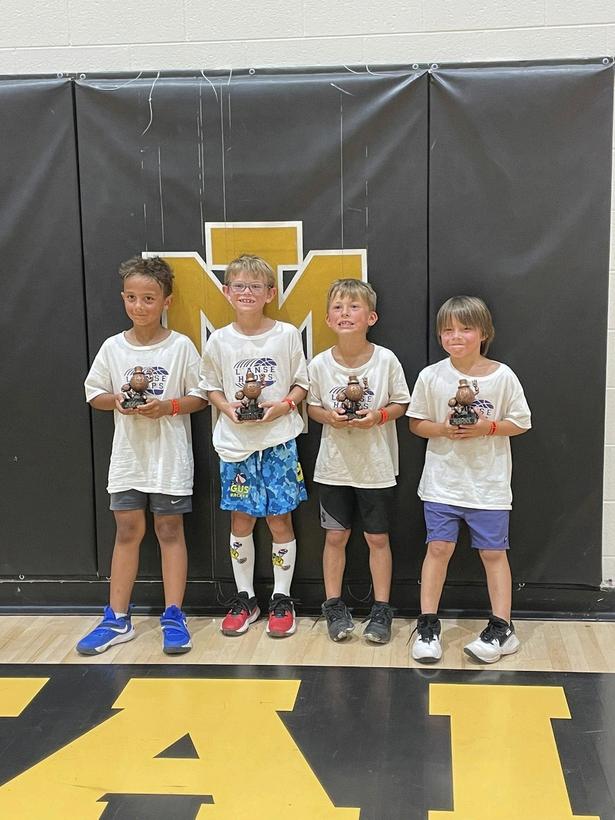
KBIC Youth, Bohdi Denomie, and Dalton Francois took third place at the Iron Mountain Gus Macker on August 17, 2025.

KBIC Youth, Adrianna Kyllonen and Cara Connor took first place at the Iron Mountain Gus Macker on August 17, 2025.






